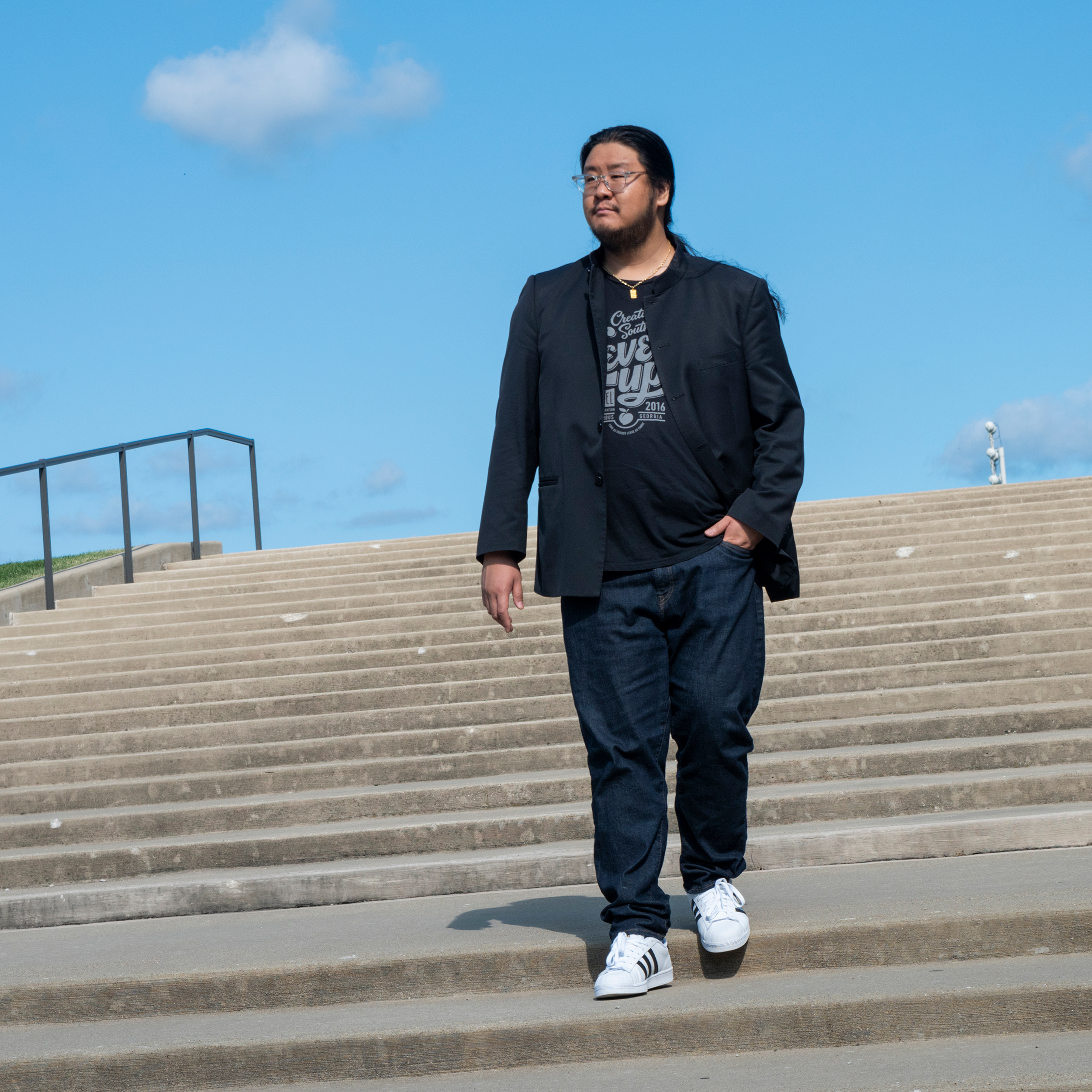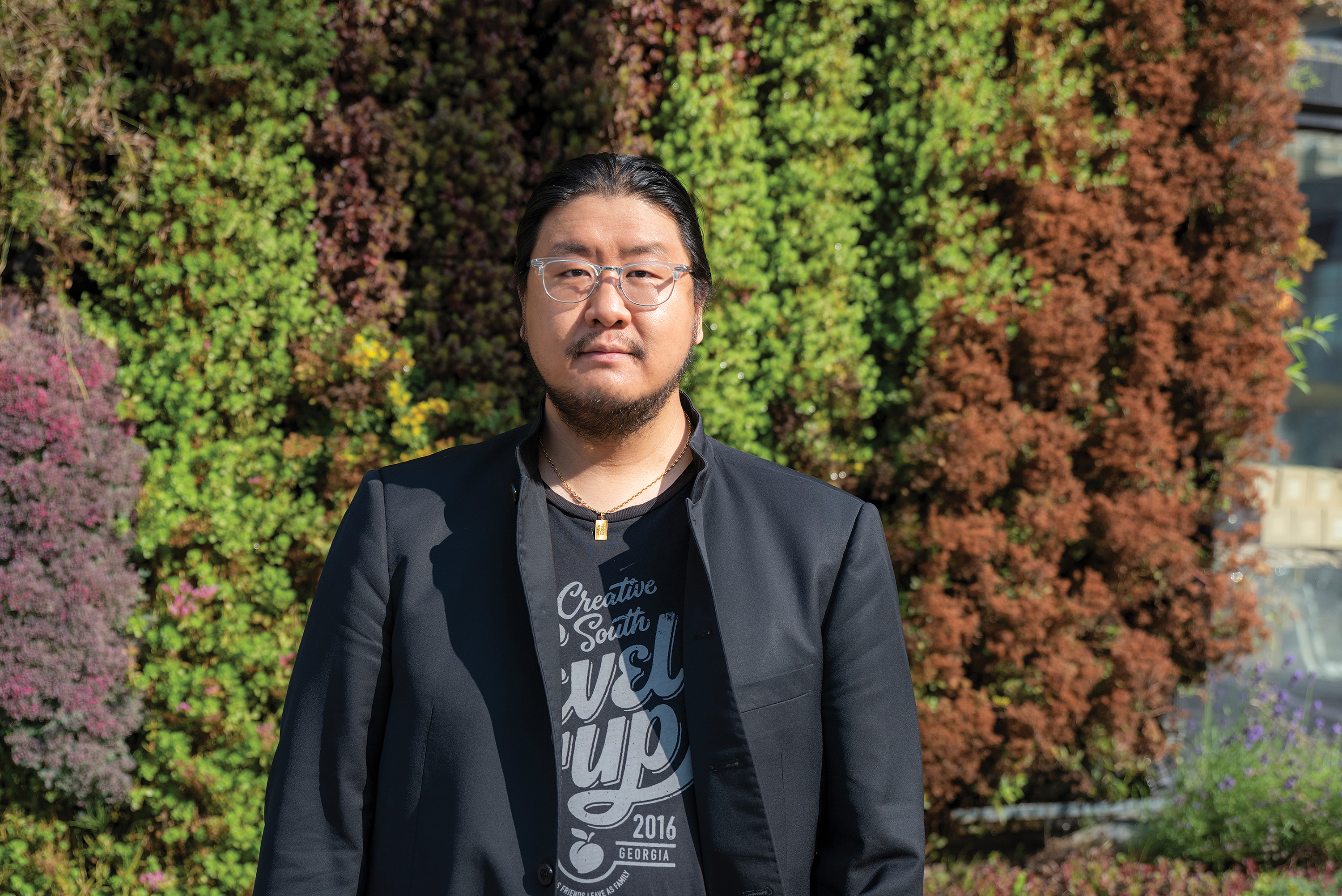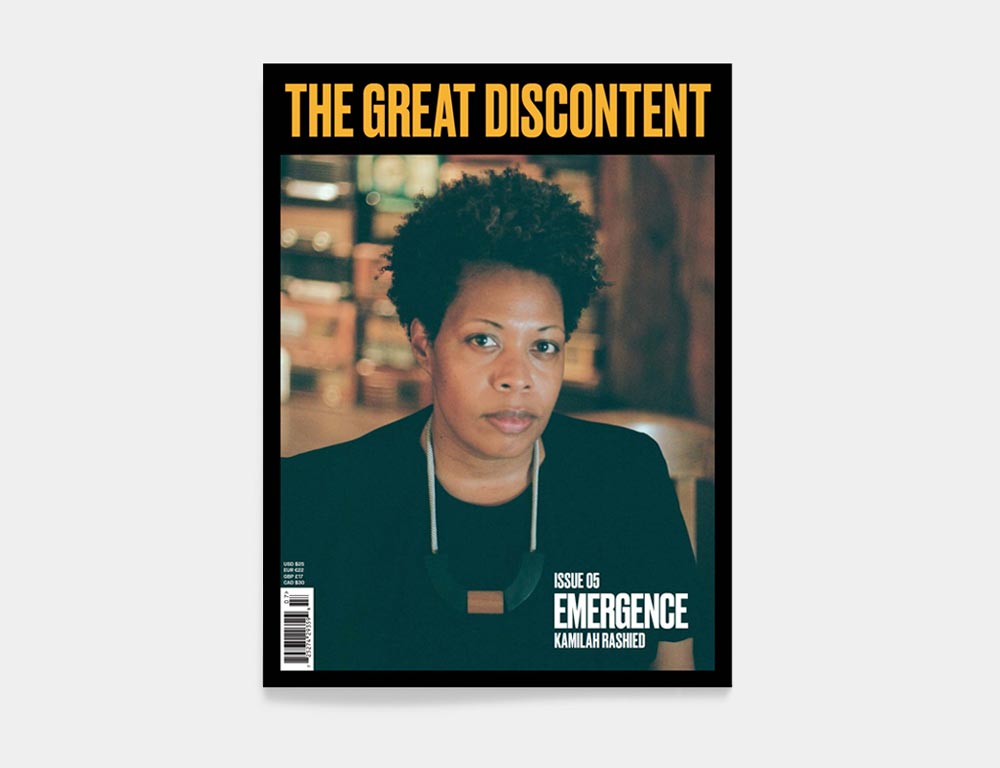
Emergence Issue: TGD's fifth issue features a dynamic group of 15 creators who are deeply committed to addressing systematic challenges in their communities through creativity and emerging ideologies. Buy Now
Will you talk about the neighborhood and the community where you grew up?
I’m second-generation Chinese American, and I grew up in a predominantly white neighborhood. In my graduating class of over 600, there were only about three or four Asian kids. I struggled with having a sense of belonging because I definitely did not look white-bread American. But at the same time, I don’t speak Chinese and that barrier of not being able to converse with family members also made me feel not really Chinese. It’s kind of existing in this third space between not being seen as white or Chinese. I didn’t really have the tribalism kind of foundation in defining who I am. I bet it’s a factor in why I immerse myself in these imaginative stories. I really had to craft my own sense of identity, derived from things that I was fascinated with as a kid.
Did your parents have an influence on your creativity? What captured your imagination?
There are so many different things that fascinated me as a kid and contribute to me as an artist today. My mother loves sci-fi shows and fantasy. My first name, Jordan, comes from my mother really liking the Star Trek: Next Generation character Geordi La Forge. I was named after a blind Black cosmonaut in the future, which is peculiar and quirky. My middle name, my Chinese name, is Zhi hong. It was given to me by my great-grandfather, and it means “aiming for greatness.”
My father’s been practicing martial arts for probably 40 years. I grew up watching a lot of Japanese anime and also liked manga, video games, comic books, cartoons, and all that. Now that I’m thinking about it, the things that I love now—fun, imaginative, fantastical worlds, and journeys—make so much sense and really stem from childhood fascinations and memories.
Going back to that sense of being a part of but separate from these two different worlds as a Chinese-American kid, does the work you’re doing today bring you closer to your Asian identity?
I think the work allowed me to connect to my Asian and Chinese identity and heritage in a way that is particular to me by using visuals as a starting point. Even though I don’t understand them linguistically, I can still connect to these forms visually. This allowed me to explore and re-contextualize or use them as a source of inspiration for my own work. I’m not taking images and visuals from a specific culture and just repeating them. It’s consumed and digested and pooped out [Laughs] in a way that resonates with me.
This is why I’m hesitant to call myself an Asian American artist or a Chinese American artist. Yeah, of course, the work is inspired by having Chinese heritage. But to call it Chinese art or Chinese American art or contemporary Asian American art—I don’t know how quick I would be to latch onto that or have it represent the work that I do. There’s so much of me as an individual that’s in the work. My art exists because of who I am as a person and is rooted in the weird thoughts that I specifically have.
It’s interesting that you went from consuming manga and anime to creating. When did you decide you wanted to get really good at it?
Drawing and art making were just how I celebrated characters in the stories I loved. I started drawing because I wanted to emulate or re-create the characters that I was so enthralled with. The intention wasn’t: “Oh, I’m being creative. I’m expressing myself.” It was more like: “That character is so cool. I’m gonna draw that character.”
I remember being obsessed with trying to re-create Dragon Ball Z characters and the iconic lines that shaped their design—specifically the folds in clothing, particularly the pants. Same thing with Sonic the Hedgehog: I would practice endlessly drawing the three spines on the back of his head. Spending hours copying these characters, honing the littlest details, was my strange way of working toward mastery as a kid.
Again, art was just a way to be connected to the things I love. Now that I’m older, it’s been fun to use the same kind of visual styles, imagery, and language that started everything but take that aesthetic and use it metaphorically to express the ideas that I have as an adult.
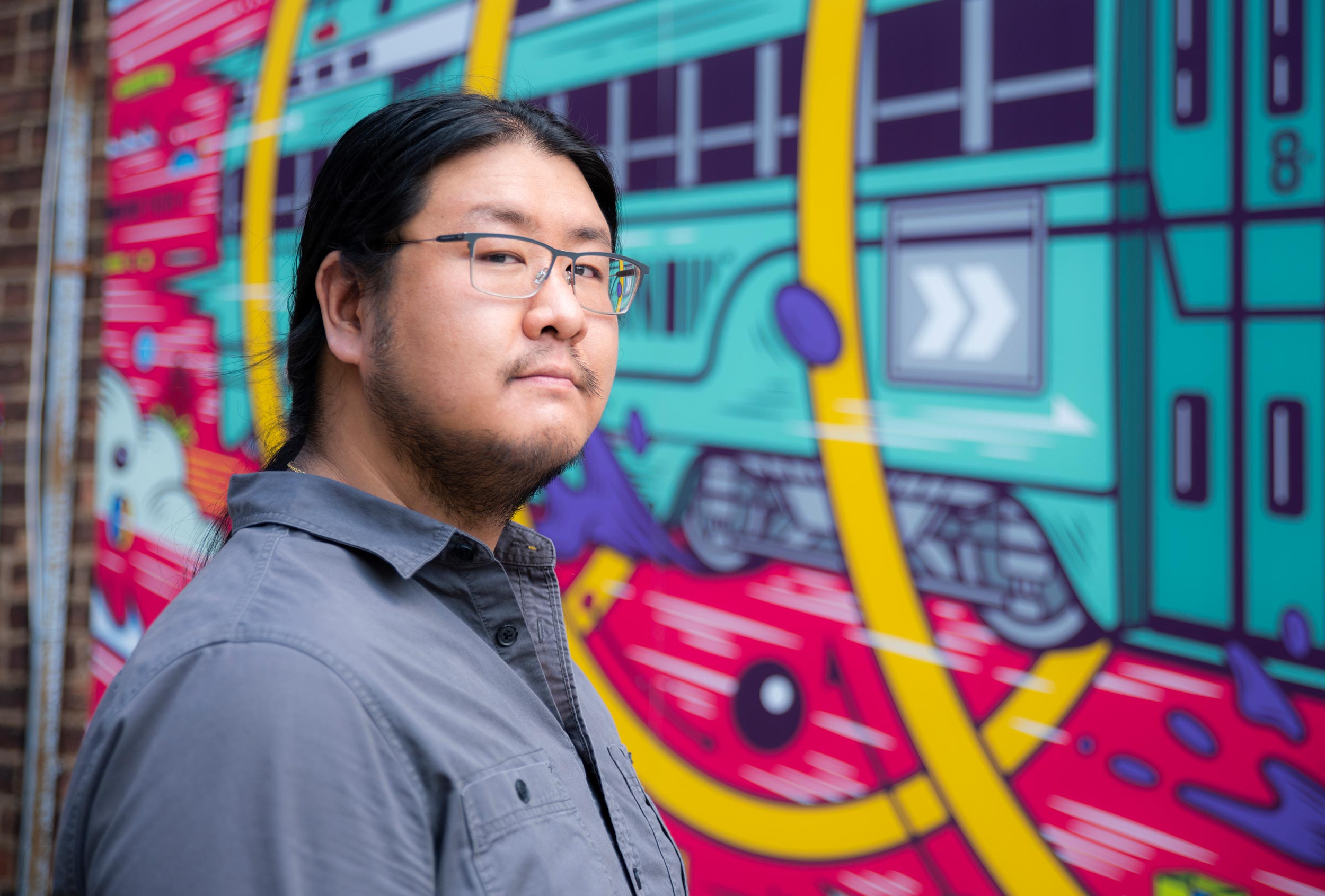
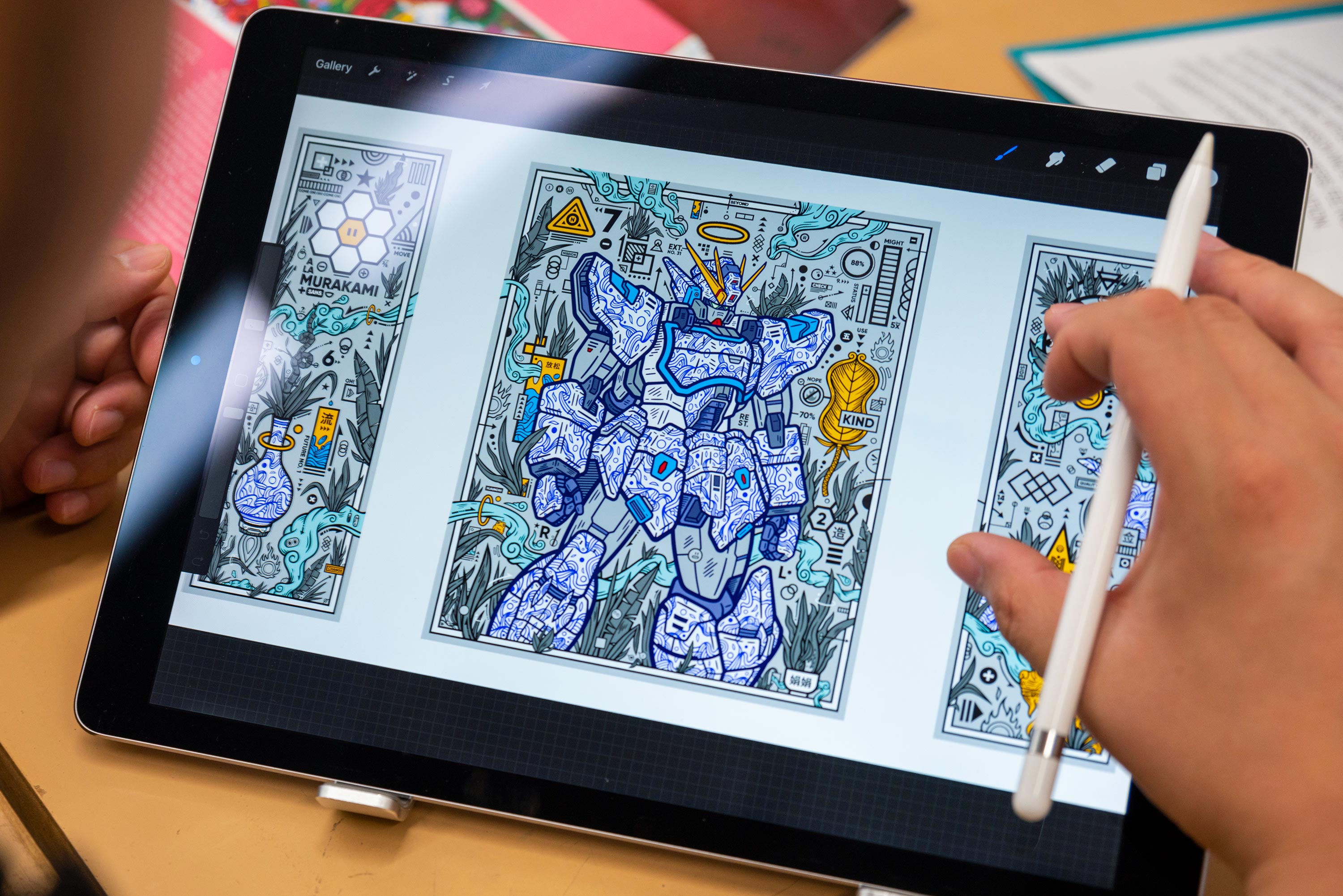
It’s easy to imagine you sitting there just drawing those characters over and over and over. Was there a point when you stepped back and realized how good you were getting, or did others encourage you?
Man, not until my mid-20s. [Laughs] All the way through high school, it was just like, “This is what I’m doing ’cause I like it.”
I went to school for graphic design—not really knowing what it was—and when I was a junior in college, I was interested in a girl who went to a different art college. I was blown away by her skill sets, talent, and ability to draw so realistically and in such a vivid, detailed way. At that point, the concept of being good affected me to the point where it brought up all sorts of insecurities about whether I could make it as an artist. However, I never questioned my skills as a graphic designer. Back then my sense of design was very different than my personal work and art. Today it’s all kind of the same thing, and there are a lot of approaches in graphic design that I use in art making. Despite having personal work and ideas, when I was getting ready to graduate, I envisioned myself working for a design agency or studio, working my way up, becoming an art director, and maybe doing my art on the side. Things definitely turned out differently.
It takes a lot of inner work to get to a place of belief in your abilities to fully jump, even if it’s a process of slowly ramping down client work and ramping up your art.
What was happening in your life at that time that convinced you it was time to start investing your energy in your personal art?
I think it was the two years of being unemployed after graduating college: sending out résumés, going to interviews, and just not getting picked. Instead, I started doing my own work, figuring out different ways to share it and sell it. I was participating in art markets, being part of little showcases throughout the city, meeting all sorts of people, taking on freelance contracts, and working at the Andy Warhol Museum as a gallery attendant. Those two years showed me that I didn’t need someone to tell me to work. [Laughs] When I finally was hired as a full-time graphic designer, I learned that I really enjoyed and was pretty good at connecting with other people. To get clients, you have to be a people person. That led to this realization that I love working with people, not working for people. However, during the time I was employed I wasn’t touching my personal projects. I prioritized the work of my employer, work that I didn’t enjoy, stressed out over, and paid not all that much for. I eventually was fired, which led me to realize this might be the time and opportunity to take the risk of working for myself. I was in my mid-20s, not married, no mortgage, no kids. I was fortunate to have the support of close friends and my family. I’m sure my parents were nervous for me, but they were really encouraging and supportive—and still are.
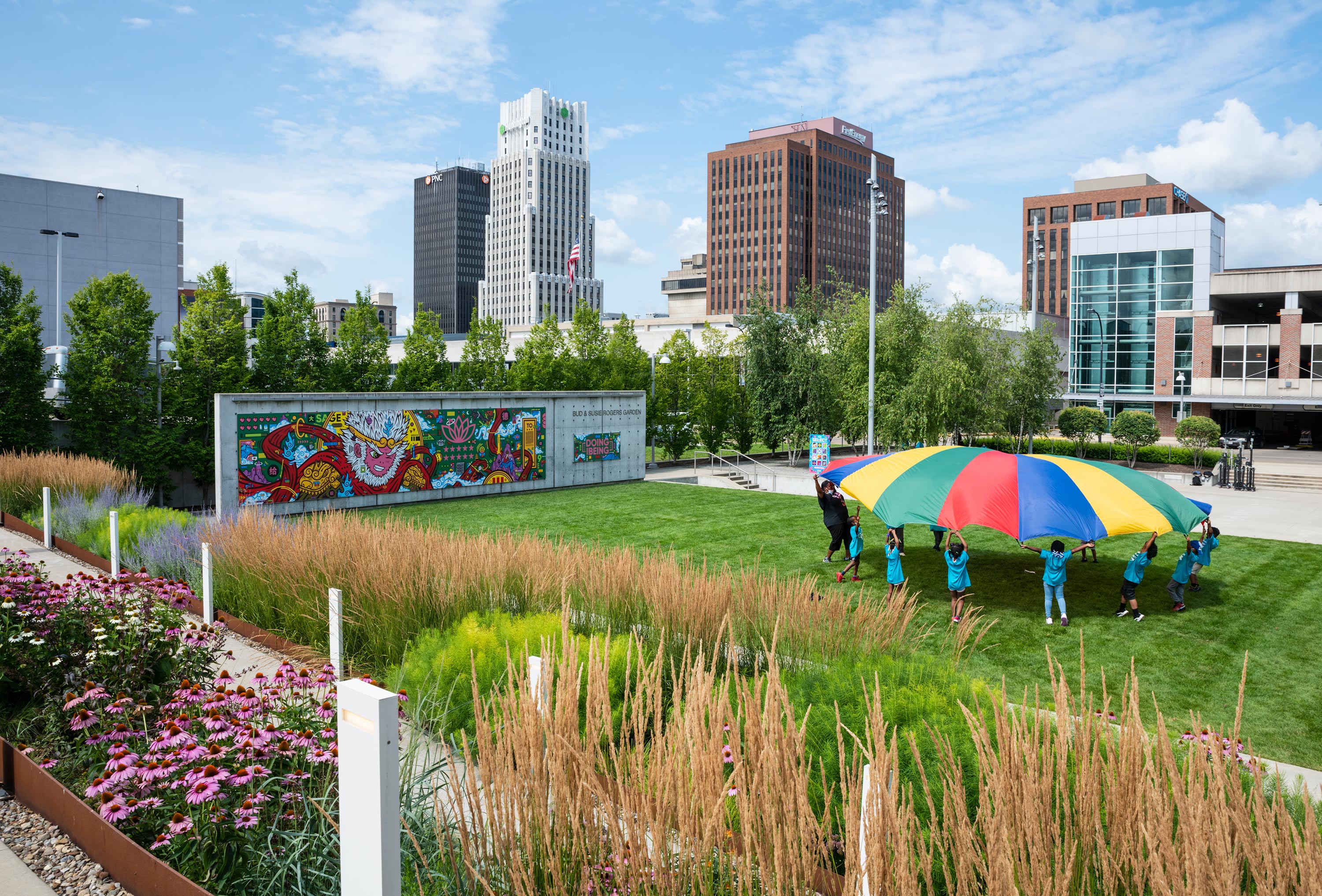
Coming from a background in graphic design, why are you interested in public art? Why murals?
I started seeing murals and public art pieces go up all throughout Cleveland. When you’re inspired by others who are doing it, it’s natural to ask yourself, “What could I do with that kind of opportunity?” I love creating things that are visually engaging, dynamic, and energetic. I want to produce art that you can spend time with, enjoy, and hone in on different parts to discover new things.
Thematically, my works are inspired by optimism, encouragement, and triumphant success. I believe people connect to those themes, yet I do not want the work to be be overly sugary nor so in-your-face. It’s a game of subtlety and fine balance between fostering intrigue and creating moments of inspiration.
I should clarify, even though I have done public art projects, I do not consider myself a muralist, defined as someone who paints their art on walls. That label, I believe, should be reserved for artists who specialize in that. They bravely work at great heights, have expertise in preparing the walls so the art lasts, and are masterful in translating and transforming a smaller design into a massive, beautiful artwork. I am very fortunate to work with individuals who are devoted to that craft. I would prefer to create opportunities to hire and invest in muralists—those who have more knowledge and skill than I—to help me bring the work to life in that specific way.
Thank you for that clarification. How do you come up with the ideas for your artwork?
I think by indulging. [Laughs] Taking the time to connect with the things that excite me, whether it’s watching anime or looking at different imaginative stories. I love Pinterest and use it to collect different examples of art and design styles as well as presentations and media. The daily ritual of perusing and saving images that I find awe-inspiring is what excites me to create my own work.
When I’m out and about, I find inspiration in peculiar places, like Asian food packaging or road signs. I’m fascinated with the merge sign, where two lanes come together. It’s such a strong metaphor for the unity of two separate paths. Another source of inspiration is tango. When I’m out dancing, I’m thinking about energy and movement, communication, and how to provide for one another in the dance. All these ideas end up in my work.
I realized, though, there are a lot of myths and maybe overexaggeration of how magical creativity is. This is what we do as human beings. We think, we ponder, we have these silly ideas that come up in our minds. I mean, it is magical, for sure, but I think people don’t realize that anyone and everyone can do this. It’s not so much about asking, “How do you get to that point?” It’s more about realizing you were doing it since you were a kid and giving yourself the time, space, and freedom to recognize it’s all within you. I love playing into my inner child—it is worth listening and paying attention to.
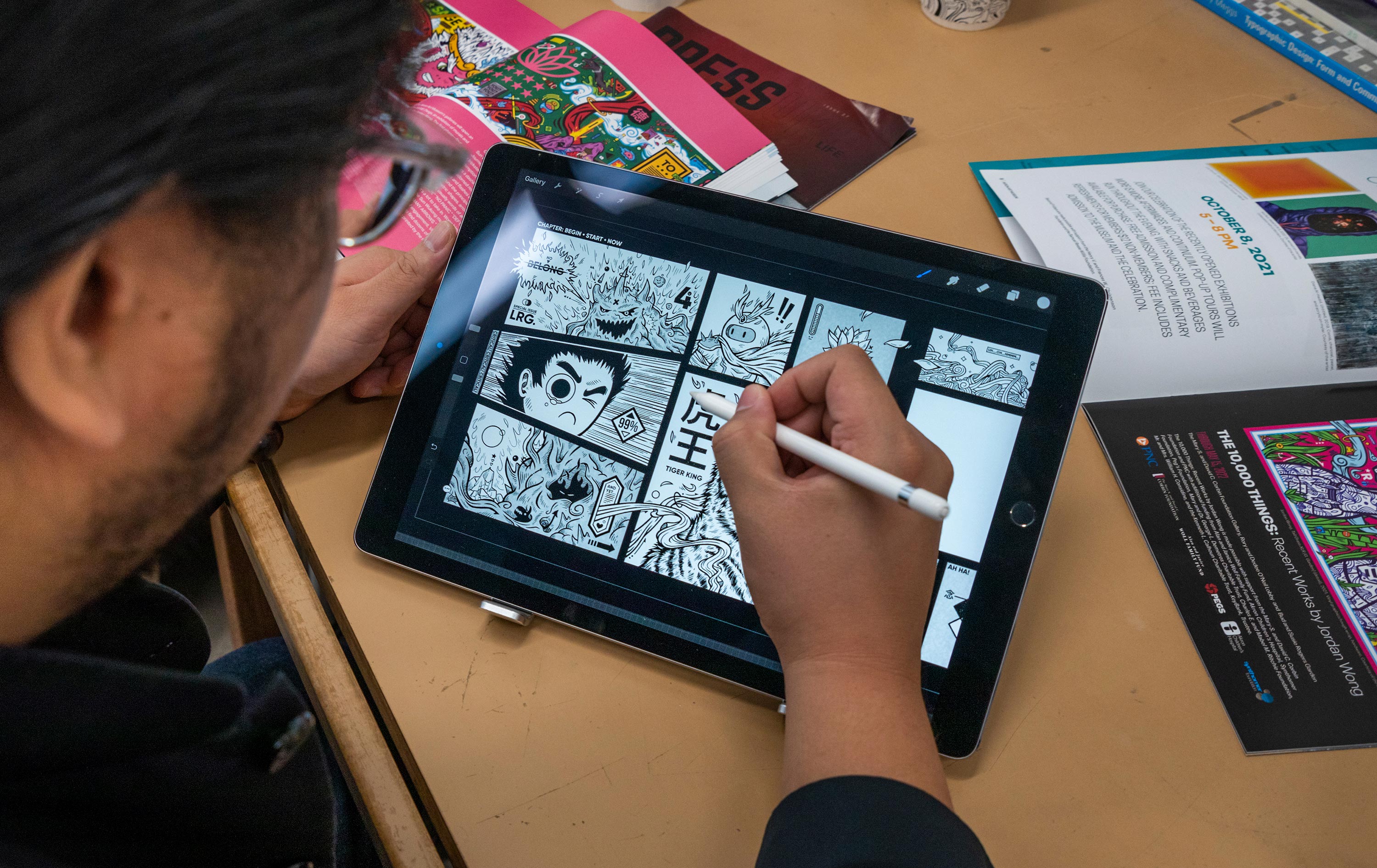
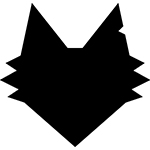
What drove you to make space in your life where you’re not just creating at a high level, you’re also leading and taking care of other creators within your community?
There are so many answers. [Laughs] I realized that you gotta get involved, you gotta be a part of something. I heard this piece of advice, “You are the scene.” That idea is what motivated me to go out, meet people. The scene is composed of people who are going out and doing things. In the last several years, I’ve developed a strong appreciation for connection. It’s a privilege to be able to talk and share ideas with many people, to form bonds with and provide space for them. The work I get to do is because others enjoy, resonate, and invest in it. My art and career are really built on the foundation and fortune of forming relationships with others.
There’s something circular in this conversation, of that need for belonging and how naturally you see the belonging of others in the work that you do. How have separation and isolation impacted you as a person, artist, and leader?
It’s given me an opportunity to have space and time for myself. I think one of the things that the pandemic really taught us was that, for so long, we have been on auto mode, right? We forget that life is full of change. Life is, tragically, full of death. Life doesn’t give a damn about your schedule and your sense of routine. Life is just as chaotic as it is serene and peaceful. I listen to a lot of Alan Watts, and his ideas helped me discover that because we’re so driven and obsessed with hard work, brilliance, and success, we seldom get the opportunity to do just nothing, which tends to be more beneficial than we realize. I’m not talking necessarily about physically doing nothing, but more about pausing and creating silence—space— on a mental, emotional, and spiritual level.
Since you’ve had that time to pause and reflect, where do you see yourself going as a creative or as a leader in these next however many years?
I’ve got big goals. [Laughs] One of them is to fully dedicate myself to the work that I really want to do and believe in, the work that will grow and reach price points and create impact that I could not have even imagined. Through my profession and shared conversations, I want to inspire others to grow the things that are important to them.
